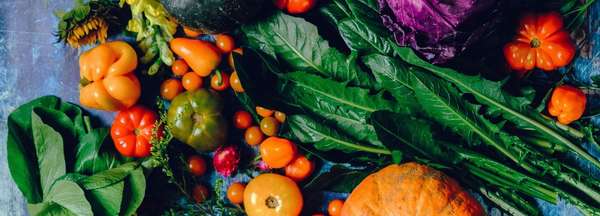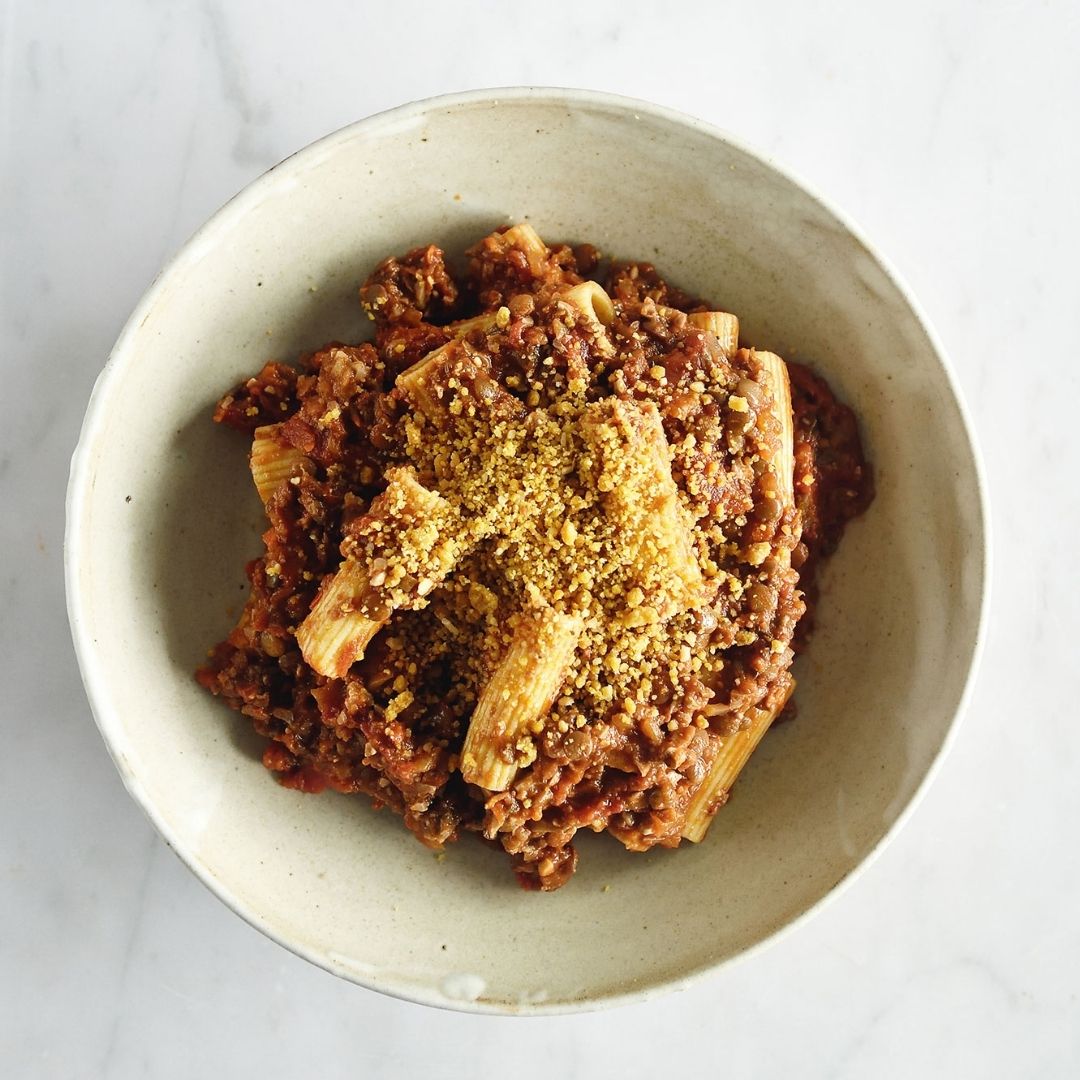
What is Clean Label Food?
Share

You might have heard the phrase clean label and wondered what it was all about. Today, we are going to unpack what clean label means, how to find out if a product is clean label, and why it matters (if it does at all).
Disclaimer: Many of us as city or urban dwellers have probably never had a relationship with the food industry beyond going to a restaurant or shopping at a supermarket. Yet, every day of our lives, several times a day we eat, and we drink, while being divorced from the undertakings of the huge beast that is the food industry that moves non-stop to make sure that we have access to safe food. This isn’t just restaurants, supermarkets, and farms. It’s mills, it’s scientists, it’s marketeers, it’s truck drivers, airplanes and ships. It’s a huge undertaking.
The number of hands involved to get even the basic essential vegetables like potatoes or carrots onto your plate can easily surpass five different parties.
What does Clean Label mean?
Simply put, clean label is when a food or cosmetic product has an easy to understand ingredients list, and is usually backed up by a simple production method, keeping the product as unprocessed as possible.
How do I know if something is clean label?
If you’re at the supermarket and you have purchased raw ingredients like fresh meat, fresh milk, fresh vegetables and fruits, then that food is intrinsically clean label as the ingredient is right in front of your eyes (side note: that does not mean that the product is necessarily ‘organic’ – meaning it was free of use of pesticides and other chemicals in its production process – but we will discuss this in a later post). So, if you go home and cook up a ratatouille and roast it in the oven, you will be confident of what is in your meal.
The times where you will not be so sure is when it comes to packaged foods and food prepared by restaurants, supermarkets, or any other food preparation providers.
For packaged foods (ranging anywhere from biscuits to pasta sauces to mustard to ice cream) the ingredients in the product are listed in the ingredients list on the back of the packaging. As per the definition of clean label above, you will quite quickly be able to understand if the product is clean label or not, as ingredient names that are foreign to you start proliferating across the packaging.

Photo by Brett Jordan on Unsplash
Why isn’t everything we eat clean label?
To eat the way we do in the modern world it is hard to avoid packaged food items because of their convenience, and our busy lives. We are used to eating cereals, packaged sauces, ice creams, confectionary items, premade convenience store sandwiches, certain bakery items, and fast-food options.
There are ways around eating processed foods but they either are far more expensive, time consuming, or both. I love tomato sauce (known as ketchup to most of the world) and I could make my own clean label version of it at home, but the cost of making it and the time I would have to invest would be significant. The proposition of making a $5 bottle of sauce that I can buy off the shelf across the road is too compelling for me to overlook.

The ingredients list on a can of Coca-Cola
How do I understand the level of processing in my packaged foods?
This might sound simplistic, but what constitutes ‘processed’ is very broad as it describes something that was originally in one form, that after going through a process, is now in another form. Guacamole is a processed dip/spread that is made from mashing avocados and adding a few other seasonings and ingredients. This is where phrases like ‘minimally processed’ and ‘heavily processed’ are useful descriptors for understanding how much processing has occurred.
There are two main ways packaged foods are made to last with longer shelf life and to be available at reasonable prices. These are manufacturing technologies, and the addition of ingredients or additives into food, like preservatives.
Pasteurisation and Food technologies in Regards to Clean Label
For centuries, humans have been using fire or ice to preserve food. Be it freezing or smoking meats, or boiling water to purify it from dangerous microorganisms. This still applies today.
Smart usage of technology allows for food to maintain its clean label. UHT milk and fresh milk (this depends brand-to-brand) can have the exact same ingredients. But obviously, something has had to happen to these products for them to be so different.
Pasteurisation is a form of food preservation where the temperature of a product is raised to a point that kills off the bacteria in the food that would otherwise make it spoil or be unsafe for human consumption. This occurs for products like milk, but also for items like jarred or canned sauces. A bottle of passata (sieved tomatoes commonly used in pasta sauces) is a clean label product that is shelf stable following pasteurisation.
Preservatives, Flavourings, and Food Science
Humans have been preserving food with ingredients for centuries, often in tandem with boiling or freezing. Sugars are used in jams, salts are used for curing meats, yoghurts are cultivated to last longer than fresh milk, and acids like vinegar are used in a pickling process to preserve vegetables.
As science develops, the food industry has moved away from using vinegar, and has instead moved to use more specific acids. Benzoic Acid, sorbic acid and propionic acid to name a few.

Are non-clean label products bad for me?
Any packaged food item you find on shelf will have gone through a level of vetting based on a country’s food regulations. That said what is used in certain countries, may not be permissible in other countries because of different processes for ingredient approvals or belief that certain ingredients are not safe.
As with anything dietary, there’s no blanket rule. Certain additives in foods can be harder to digest for some than for others, so you should always keep track of your own diet, and try to understand what agrees with your body and what does not.
It’s important to remember that government bodies approve the sale of cigarettes despite all of the evidence to suggest that they increase chances of cancer, so a level of scepticism would not be misplaced when you approach items and ingredients you find in packaged goods.
Simple tips if you’re looking to eat cleaner
- Get in the habit of reading ingredient lists! They’re on all packaged foods, so you’ll be able to see what’s in your food.
- As with anything dietary, make a plan to reduce your consumption of things you do not want to eat. The times we find ourselves compromising with our desire to eat a certain way usually comes when we are unorganised and really hungry.
- Cook more! If you want full control, that’s the best the way to do it.
- Eat brands you trust. As with any consumer desire, if there’s an interest for people to eat a certain food, then most likely there’s a brand that is trying to match that desire.





